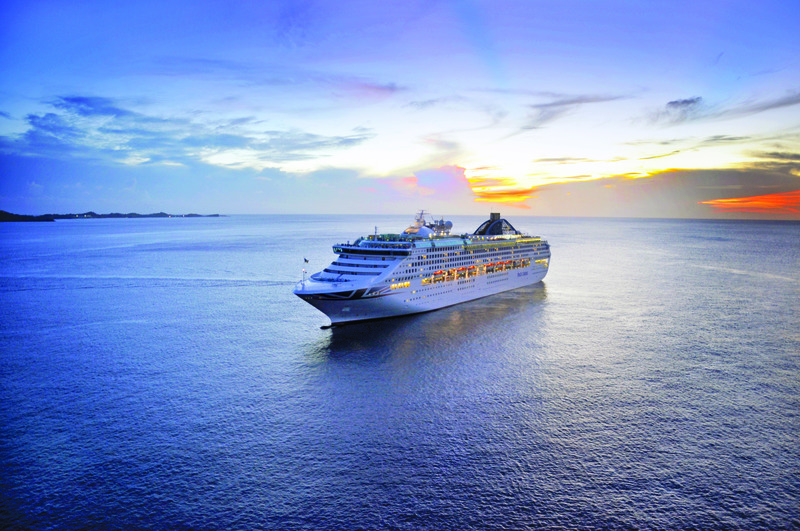Imagine if the most stressful part of going on vacation was choosing which cocktail to drink or assuring you picked out the perfect bathing suit. Wouldn’t it be amazing if you didn’t have to worry about where to eat, what to do, or how to get around while away?
But just because cruises seem like an easy way to bypass the hard work of vacations doesn’t mean they’re completely stress-free or safe. Faulty ship designs, accidental distractions, or having one too many drinks could be all it takes to turn your holiday on the water into a nightmare at sea. To learn more about cruise ship injuries, we surveyed over 1,100 people about their experiences on these vessels, the most common injuries they experienced or witnessed, and who they thought was at fault. Thinking about how you want to spend your vacation this year? Read on to see what we uncovered about the safety concerns of cruises.
In 2016, a cruise ship off the coast of Puerto Rico caught fire from the control room, causing 500 passengers to be evacuated. During the holiday season that same year, a passenger on a Royal Caribbean ship sailing from Port Everglades, Florida, fell overboard after consuming as many as 30 drinks and was never rescued. In 2018, 16 passengers were injured when a Norwegian Sky ship out of Seattle encountered a rudder problem that brought the ship to a grinding and immediate halt. Some passengers ended up with broken bones.
According to people polled, nearly 1 in 10 travelers have been personally injured during a cruise. Another 17 percent witnessed injuries happening to others, including passengers they didn’t know (66 percent), friends (14 percent), and family members (12 percent). Overall, 54 percent of victims claimed their injuries were the cruise line’s fault.
Most common scuise ship locations to experience injuries:
- Outdoor deck or pool
- Cabin or hallway
- Bar, club or dining area
- Evewator or stairway
- Gym
- During exurcion
Close to 66 percent of men and 32 percent of women injured on cruise ships admitted that alcohol was involved in their accidents.
For 48 percent of those injured, legs and feet were the most commonly affected body parts, although arms and hands (28 percent), the back or chest (21 percent), and the head or face (17 percent) were also frequently injured. Unfortunately, for some, arriving at home did not end their suffering. More than 1 in 5 people injured on cruises ended up seeking medical treatment after their trips ended.
According to our survey, nearly 6 percent of men and about 3 percent of women were assaulted on their cruises. In these cases, almost 56 percent said the perpetrator was someone traveling with them. Another 31 percent said a member of the crew assaulted them, and close to 14 percent said the attack came from someone they didn’t know.
For this study, Farah and Farah surveyed 1,117 Americans over the age of 18 who’d been on a cruise. 566 were men, 549 were women, and two considered themselves nonbinary. On average, the participants were 38.1 years old with a 13.3 standard deviation. 1,017 had not been injured on a cruise, and 100 participants had been injured on a cruise. 1,003 respondents were gathered using Amazon’s Mechanical Turk. The remaining 114 were recruited via cruise-related Facebook postings, forums, and Reddit.





